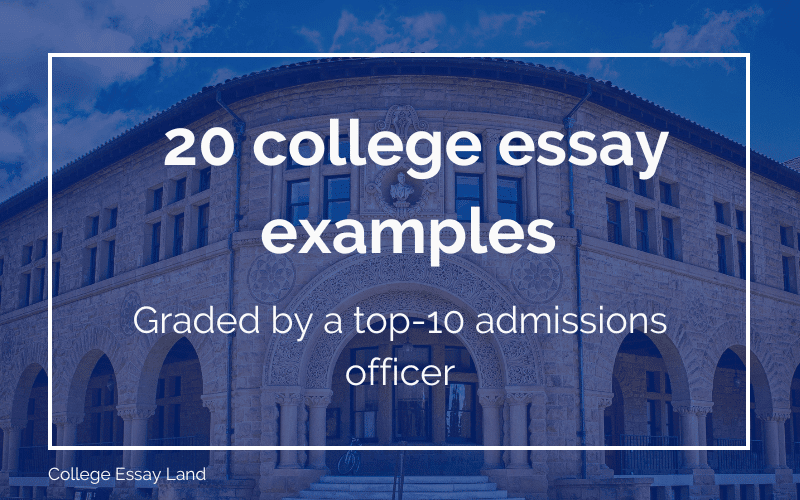Contents
Last updated March 21, 2024
Every piece we write is researched and vetted by a former admissions officer. Read about our mission to pull back the admissions curtain.
4+1 Programs: What You Need to Know
Admissions officer reviewed by
Ben Bousquet, M.Ed
Former Vanderbilt University
Written by
Alex McNeil, MA
Admissions Consultant
Key Takeaway
Do you plan to get a Master’s degree after undergrad?
The traditional pathway is to spend four years as an undergraduate, apply to graduate school, and attend your Master’s program for another two-ish years.
All in all, that’s about six years you’re spending on your education.
4+1 programs let you speed things up, save you the burden of applying to graduate school, and save the extra cost of an additional year of school.
So if you’re absolutely sure that you want to get a Master’s degree in a particular field after you graduate college, 4+1 programs might be worth looking into.
Let’s dive in.
What's a 4+1 Degree Program?
A 4+1 degree program is a type of accelerated program that lets you earn both a Bachelor's degree and a Master's degree in five years at one institution.
Yep—you just tag on an extra year to your time in undergrad, and you can have your graduate degree, too.
First off, it's a process that saves you the stress of applying to graduate school. If you’re accepted into a 4+1 program, you have a clearer track into the graduate program. There may be certain stipulations—like a GPA or a specific undergrad curriculum—but your pathway to the Master’s degree is better defined.
More importantly, 4+1 programs save you time and money. You’re in school for 5 years instead of 6 to earn your BA and MA, so you knock a year off your educational timeline and a year’s worth of tuition off your bank account or student debt.
Examples of 4+1 Degree Programs
Lots of universities offer 4+1 degree programs across the disciplines. Let’s take a look at a few:
- Barnard College gives students the chance to pair a BA degree with a Master's in Public Affairs (MPA) or a Master's of International Affairs (MIA).
- Arizona State delivers a combination of BA or BS with a Biomedical Informatics MS.
- The University of Oregon has a 4+1 program for students in the Communication Disorders & Sciences.
- UT-Austin offers the option to combine a BS in Computer Science with a Master’s of Science in Information Systems (MSIS).
- Duke lets engineering students earn a BS in Engineering plus an MEng, MEM, or MS degree.
Sometimes smaller schools and liberal arts colleges also offer 4+1 programs. Bryn Mawr College, for example, offers an accelerated 4+1 Engineering program where students can earn a BA at Bryn Mawr and, with one additional year of study, earn an MEng from Penn.
And that’s just scratching the surface of the programs out there. If there’s a field you’re interested in, chances are you can find a 4+1 program that will be close to what you’re looking for. A Google search of “4+1 programs” and “[field of interest]” will likely yield some options.
What are the perks of a 4+1 Degree Program?
The biggest perk of a 4+1 degree program is the savings—in time and in money. The traditional path involves getting an undergraduate degree, then facing the process of applying to graduate schools, waiting to be admitted, and spending two or more years grinding through the graduate program.
With a 4+1 program, you skip a year of study and have a much smoother application process. Many institutions will admit you straight to the 4+1 program when you submit your undergraduate application, which means 4+1 students often can skip the grad school application altogether.
And yes, you save an extra year of tuition by knocking off that sixth year. But in many cases, you also usually get to keep your undergraduate financial aid for your fifth year. Since undergraduate financial aid packages tend to be more generous than graduate ones, this arrangement can get you a graduate degree for a fraction of the cost.
Especially for a lower-income student who have a clear and specific idea of what they want to get a Master’s in, a 4+1 could be the perfect choice.
Who should and shouldn’t apply?
4+1 programs are good opportunities, but they aren’t necessarily for everyone.
If you have a clear idea of what you want to do in the future, a 4+1 program might be the best way to streamline your plans and get you to where you want to be sooner. If that’s the case, you can create a cohesive college application around applying to a 4+1 program specifically, which will likely increase your chances of admission.
But if you're not so sure about your long-term plans, you might reconsider applying to 4+1 programs. While you aren’t necessarily locked into a particular path, completing the course requirements for 4+1 programs does tend to limit your options to explore other interests. If you want to apply to a 4+1 program regardless, you should just make sure that you’d want to attend that school even if you chose not to do the 4+1 program. You don’t want to get trapped on a path you wouldn’t be happy on, so make sure you’re excited about the career trajectory before you click “apply” or “accept.”
TL;DR
The 4+1 degree program presents an efficient path to both a Bachelor's degree and a Master's degree in five years. Some well-known examples include programs at Barnard College and Arizona State, among many others. The primary benefits include saved time and money, a simplified application process, and possibly extended financial aid. This type of program is perfect for students with clear career goals and those wanting to streamline their undergraduate and graduate studies. However, 4+1 programs demand a strong commitment, so they’re best for students who already have a clear career path in mind.


